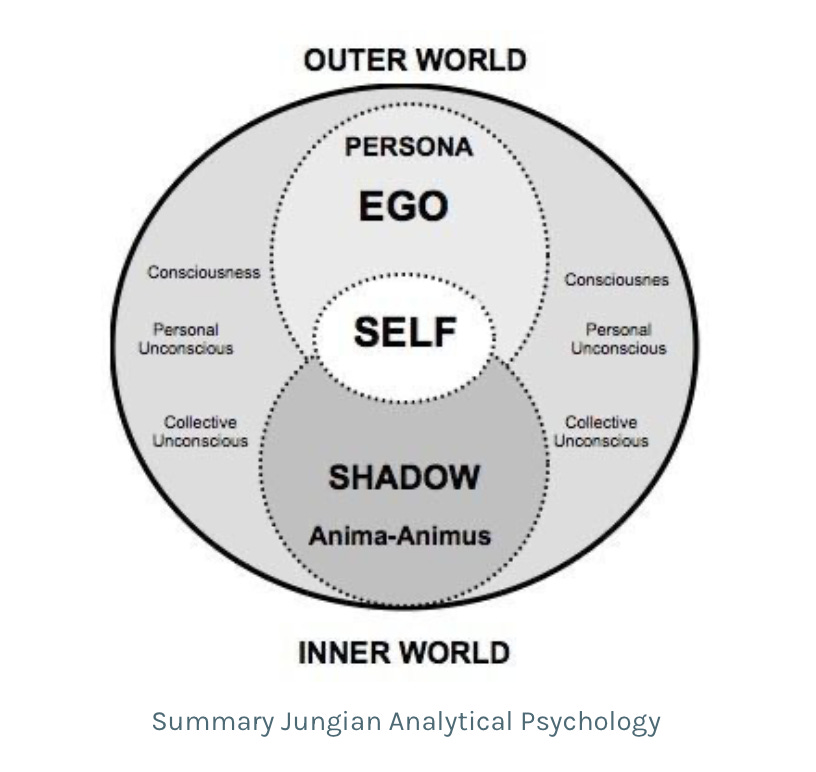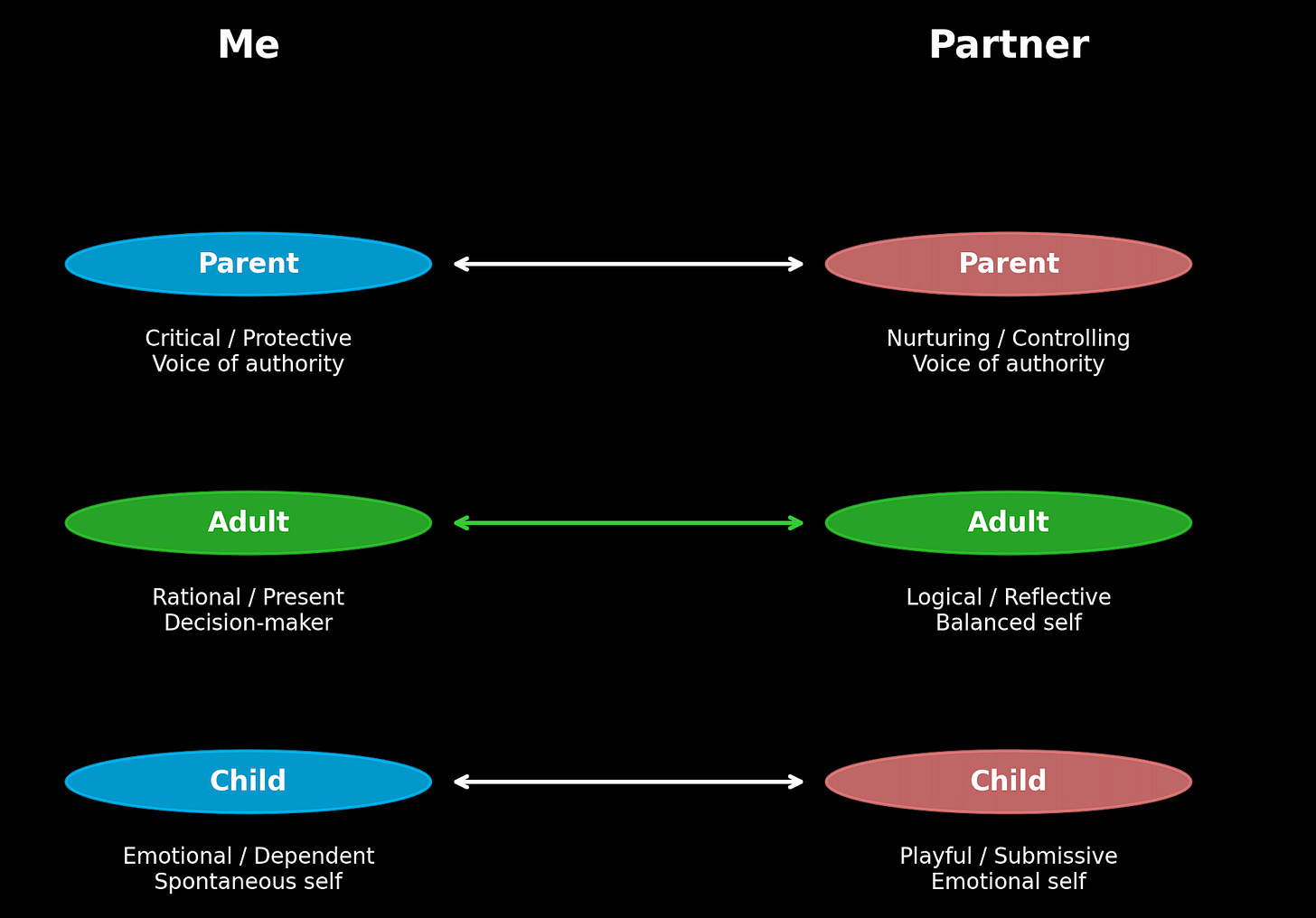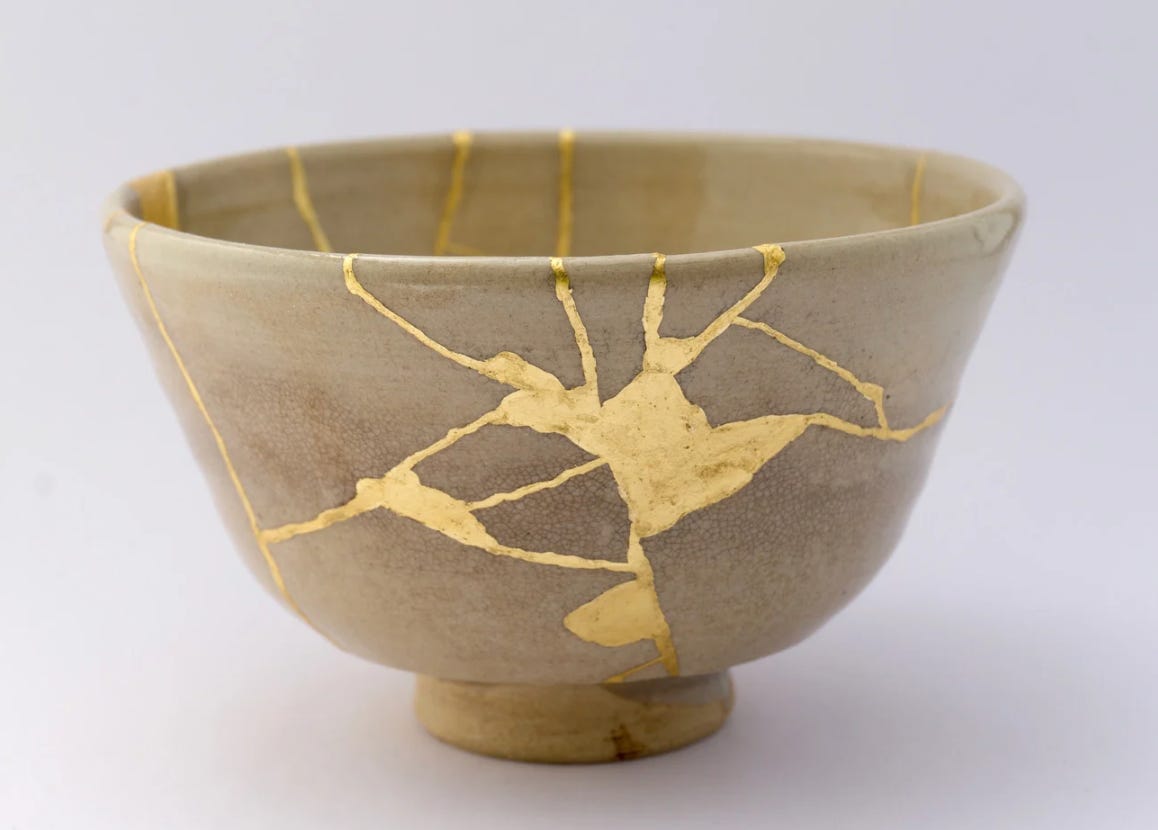Part 1 – The Break
Yesterday my wife said a word that cut deep.
Obscene. Sharp.
It wasn’t just a sound. It was a verdict.
My body froze. My mind rushed. My heart asked the question no leader, no husband, no human ever wants to ask:
If you love someone, why would you hurt them?
It was not the first time I had felt that question.
I had asked it as a boy, when my father’s silence made me invisible.
I had asked it as a CEO, when betrayal cracked the trust of my team.
And now, I was asking it again — in my own marriage.
This was the break.
The ordinary world of comfort collapsed, and the journey began.
“Love isn’t tested in harmony. Love is tested in breaks.”
Part 2 – What is Love?
We all begin in the intoxication of being in love.
Dorothy Tennov called it limerence — the obsession, the projection, the belief that this person is perfect. Science calls it dopamine, adrenaline, oxytocin.
I call it illusion.
In this phase, you don’t love the other.
You love your idea of them.
The one who will complete you. The one who will rescue you from loneliness.
But illusions collapse. Always.
The quirks that once felt charming now feel irritating.
The dependence that once felt sweet now feels suffocating.
And suddenly, you wake up and whisper:
“What happened? Where did love go?”
“Being in love blinds you. Love itself makes you see.”
Part 3 – The Collapse of Projection
Carl Jung taught us that when we fall in love, we are not falling for the person. We are falling for our projection of them.
Inside us lives the anima or animus — the unconscious image of our lost half. In the beloved, we see this part reflected back to us. That’s why love feels like recognition:
“I’ve known you forever.”
But it’s not them.
It’s you.
It’s your missing part reflected back.
And when projection collapses, disillusion hits:
The spontaneity you loved feels like irresponsibility.
The ambition you admired feels like neglect.
The calm you valued feels like emotional distance.
You think you’ve fallen out of love.
But no — you’ve only fallen out of projection.
What to Do When Projection Collapses
Pause blame → name the expectation behind your disappointment.
Spot the projection → ask: “What do I see in them that I need to grow in myself?”
Reclaim it → practice that quality instead of outsourcing it.
Choose again → see the real person, not the fantasy, and love them freely.
“True love begins when the fantasy ends.”
Part 4 – The Trap of Symbiosis
Eric Berne, the father of Transactional Analysis, described three ego states: Parent, Adult, and Child.
In early love, partners often slip into symbiosis.
One plays the Parent — protective, responsible, controlling.
The other plays the Child — playful, dependent, spontaneous.
At first, it feels complete.
It feels like heaven.
But it is not.
Because each person gives up part of their Adult — their present, rational self — and becomes dependent on the other to feel whole.
And over time, the cost arrives:
The Parent grows resentful: “Why do I carry all the responsibility?”
The Child feels suffocated: “Why don’t you let me breathe?”
The Adult stays asleep.
The same happens in leadership.
A manager micromanages, acting as Parent.
Employees obey, acting as Children.
At first, it feels efficient.
But soon, creativity dies, trust dissolves, and the system collapses.
Symbiosis is not love. It is dependency disguised as completeness.
What to Do When You’re Stuck in Symbiosis
Notice your role → Are you speaking as Parent, Child, or Adult?
Wake up the Adult → Replace “You never…” with “I feel… I need…”.
Separate to connect → Don’t fuse; meet as two whole people.
Practice Adult–Adult relating → Responsibility + respect, not control + dependence.
“Symbiosis is heaven at the start. And hell at the end.”
Part 5 – The Practice of Repair
Here is the heart of the journey.
Not projection. Not fusion. Not illusion.
Repair.
We all hurt the ones we love.
With words. With silence. With absence.
The difference between love that dies and love that matures is not whether you break each other — but whether you repair.
Repair is humbling.
It means bowing your ego, admitting you were wrong, asking for forgiveness, and offering it in return.
It means stepping into the wound, not avoiding it.
I’ve seen repair rebuild marriages.
I’ve seen repair transform teams after failure.
I’ve lived repair — on the nights when I’ve held my wife’s hand after a break, whispering not excuses, but responsibility.
“Love is not the absence of breaks. Love is the art of repair.”
Part 6 – From Love to Leadership
What is true in love is true in leadership.
Projection in love is like expectations in leadership. Leaders project saviors or failures onto their people. When projection collapses, disappointment follows.
Symbiosis in love is like micromanagement in leadership. The leader plays Parent, the team plays Child. It feels safe, but it kills growth.
Repair in love is like trust in leadership. Every leader will hurt their people at some point. The question is not if. It is what next.
Love matures when you stop needing the other to complete you.
Leadership matures when you stop needing control to feel powerful.
Managers cling to projection and control. They survive.
Leaders grow through acceptance and repair. They live.
“Stop managing to survive. Start leading to live.”
TL;DR
One harsh word doesn’t mean love is gone.
It often reflects old wounds speaking in the present.
Being in love = projection and fusion. Love = acceptance and repair.
Jung: you don’t fall out of love, you fall out of projection.
Berne: early love is Parent–Child symbiosis. Mature love is Adult–Adult.
Gottman: contempt kills, repair saves.
Leadership: projection collapses, micromanagement stifles, repair builds trust.
Love isn’t about never hurting. Love is about how you repair.
Leadership isn’t about never failing. Leadership is about how you repair.
Final Words
Being in love is temporary. Love is the choice to repair.
Leadership is the same. Stop managing to survive. Start leading to live.
One Practice to Try Today
Tonight, ask yourself:
Did my actions today match my words?
If not, write it down.
Correct it tomorrow.
Repair begins with integrity.
Why Stop Here?
If this story resonated, imagine what happens when you practice it daily.
🔒 Paid subscribers unlock the full Love & Individuation Guide — the same framework I use with CEOs and executives in closed sessions.
You can’t find it anywhere else.
Here’s what you’ll get:
Daily reflection prompts to spot and reclaim your projections.
Weekly repair practices to restore trust and deepen connection.
A printable 8-page Love & Individuation Journal (PDF) — exclusive to paid readers.
This isn’t theory.
It’s a coaching toolkit.
And it’s waiting for you.
Engage With This Idea
What’s your story of repair — in love or leadership?
Drop it below. I read every reply.
Share this with one person who needs it today.
And if you haven’t yet, subscribe to The Modern Leader — join 350+ leaders already practicing these frameworks.
🔒 Paid Section – The Love & Individuation Guide
(visible only to paid subscribers)
Full 4-step framework (Projection Journal, Love Reset, Adult Check-In, Repair Ritual).
Reflection prompts + weekly review.
Downloadable Love & Individuation Journal (PDF).





